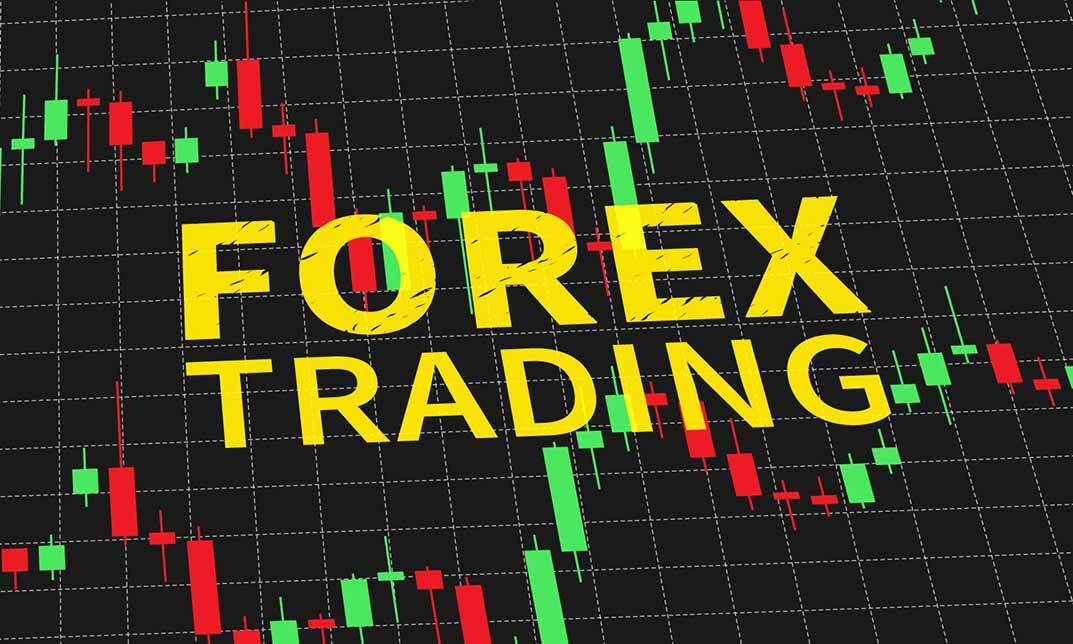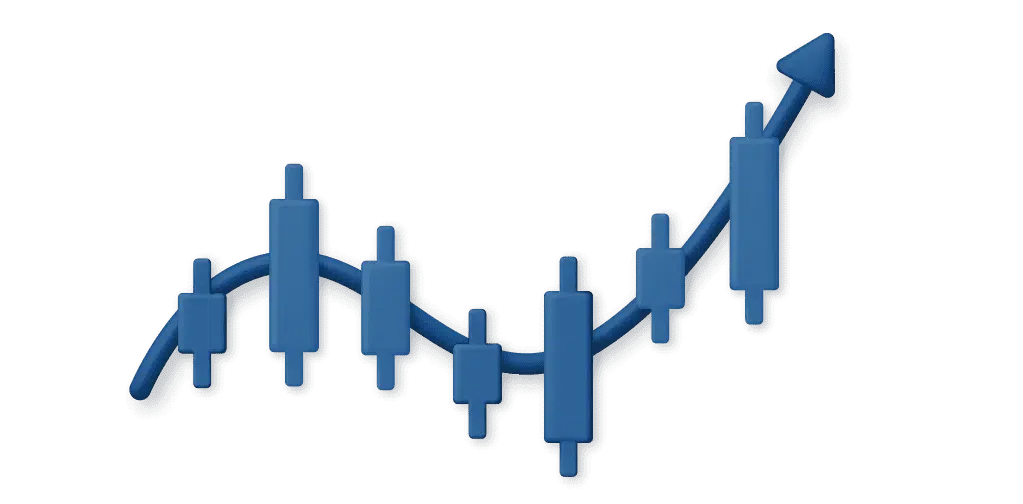Top Facts On Picking Fx Trading Websites
Wiki Article
Ten Tips To Choose The Best Broker When You're Thinking About Online Forex Trading
These are the best 10 things to keep in mind when selecting the best Forex broker:1. Here are the top ten things to think about when selecting the right Forex broker: 1.
Check Regulatory Status & Reputation
1. Find brokers that are regulated by a reputable authority, such the U.S. CFTC. UK FCA. Australian ASIC. EU CySEC. Regulation ensures that brokers follow the standards of their industry, protecting your funds and ensuring the fairness of trading practices. Avoid brokers that aren't regulated or who have a history of complaints.
2. Costs of Trading (Spreads and Commissions).
Brokers earn money through commissions, or by spreading (the gap between the prices of selling and buying). Look for brokers with clear and competitive fees. If you're an active trader, for example, a broker who offers tight spreads could be a cost-effective alternative. Be aware of hidden costs for example, inactivity charges or excessive withdrawal fees.
3. The range of currencies available
Check to see if the broker has a wide range of currency pairs, both major (such as EUR/USD) or minor. A wider selection lets you diversify and trade in accordance with the market's needs.
4. Review the Trading Platform and Tools
Your trading platform will be your main interface to the market. Therefore, it should be user-friendly, reliable, and have tools specifically designed to fit your style of trading. Many brokers offer platforms like MetaTrader 4 (MT4), MetaTrader 5 (MT5), or even proprietary software. Try out the features of the platform including charts, indicators for technical trading and speed of execution before making a decision to commit.
5. Check Account Types and Leverage Options
Brokers offer a variety of accounts that differ in regards to spreads, leverage and minimum deposit. Choose a broker that offers an account that is suitable for your style of trading budget, experience and financial capacity. If you're a novice to trading, avoid brokers that offer high leverage. They can result in large losses.
Review the Deposit and withdrawal options
Check out the options for withdrawal and deposit, as well as their associated fees and processing time. A reputable broker should offer you secure, convenient and low cost options like credit cards or copyright. Be wary of brokers that have lengthy processing times and high fees for withdrawals.
7. Test Customer Support Responsiveness
Reliable customer support is essential particularly for solving urgent issues, such as withdrawal problems or platform malfunctions. Customer service can be tested by contacting the broker via numerous channels. You should consider brokers that provide 24/7 support to traders during non-business hours.
8. Review Security Measures and Fund Protection
You should be able to trust that your funds are safe when you work with a broker that is reliable. Check whether the broker has segregated client funds (apart from the broker’s operating funds), and should it offer security against negative balances. This protects you from losing your whole balance on your account. These safeguards help you protect your money should there be a broker insolvency or market volatility.
9. Find resources to assist you in your learning and development as a beginner.
Good brokers offer educational resources including webinars as well as trading guides, market analysis, and demo accounts. These can prove extremely valuable, especially if your are novice to Forex trading. Demo accounts allow you to practice without risking any real money. It's a great way to learn.
10. Read Independent Reviews or Ask for Recommendations
Review reviews can assist you to better understand the strengths and weaknesses of a broker and hidden costs. Examine reviews from reputable review websites, forums, as well as trading community. Be aware of fake or promotional reviews. Expert traders' recommendations could also help you decide.
Selecting the right Forex broker requires careful consideration of several aspects. Pick a Forex broker that is transparent, compliant to regulatory standards, and offers a variety of trading conditions. Check out the most popular https://th.roboforex.com/ for site advice including best forex trading app, regulated forex brokers, forex broker, best forex trading platform, best forex trading platform, 4x trading, forex trading, currency trading platforms, forex and trading, forex and trading and more.

Ten Tips For The Successful Trader In Forex Applying Fundamental And Technical Analysis
Both technical and Fundamental Analysis play a crucial role in Forex trading. You will be able to make better choices when you are proficient in them. Here are the top 10 suggestions to apply fundamental and technical analysis to online Forex trading: Tips for Technical Analysis
1. Find out the main levels of resistance and support
Support and Resistance levels are price levels that frequently result in currency pairs to stop or reverse. These levels are psychological barriers, making them important when planning for an exit or entry. It is important to practice identifying these zones in order to better understand the areas where the market could turn or begin to break out.
2. Multi-timeframes give you wider perspective
The ability to look at charts at different timeframes - such as daily and 4-hour charts - will provide you with an understanding of longer - and short-term trends. Lower timeframes give a better understanding of the trend.
3. Master Key technical Indicators
Moving averages are essential indicators to use when trading Forex. They include the Relative Strength Index, Moving Average Convergence Divergence and Moving Average Convergence Divergence. To improve your accuracy, you must know the way each indicator functions and combine them.
4. Candlestick patterns are crucial to take note of
Candlestick patterns such as doji, hammer, and engulfing patterns often signal potential reversals or continuations. It is possible to identify price shifts by becoming acquainted of these patterns. Combining candlestick analysis with other tools like support/resistance or resistance/support, can help you to increase your accuracy.
5. Analyze trends for directional indications
Utilize trendlines and moving averages to detect uptrends, downward trends or markets that are swaying. Forex traders are often tempted to invest in the direction in which the trend is heading. This approach is a reliable method of achieving outcomes. Avoid trading against the trend, unless your knowledge level is extremely high.
Fundamental Analysis Tips
6. Understanding Central Bank Policy and Interest Rates
Central banks determine the rates of interest. This directly impacts the value of currency. In general the higher rates of interest tend to strengthen a particular currency while lower rates could weaken it. Be aware of any announcements from central banks as they can often cause significant market movements.
7. Pay attention to economic indicators and reports.
The most important economic indicators, such as GDP, unemployment rates inflation, GDP, and consumer confidence offer insights into a country's economic health and influence currency values. Be aware of the latest economic calendar, and learn how the indicators affect your trading.
8. Geopolitical Events and News to Analyze
Elections, trade negotiations, and conflicts can have an impact on the currency markets. Stay updated on world news, particularly in relation to major economies such as the U.S., Eurozone, and China. Prepare for volatility by adapting your plan to unexpected geopolitical changes.
Combining Technical and Fundamental Analysis
9. Align Technical Signals with Fundamental Events
Combining fundamental and technical analysis can help improve decision-making. If you have an expected positive economic report and a technical setup that shows a strong uptrend, the two can be combined to provide the strength of the buying signal. Combining the two approaches can help reduce uncertainty while improving your odds of being successful.
10. Use Risk Events to Trade Opportunities
Volatility is often caused by high-impact events such as Federal Reserve meetings and non-farm payroll releases (NFP). This could cause rapid price changes. A lot of traders stay away from these unpredictable events as they are difficult to anticipate. However, if your experience is good, you may be in a position to utilize technical analysis in conjunction with these events in order to benefit from price swings. Make sure you have a tight stop-loss limit and adjust quickly.
The combination of technical and fundamental analysis is essential in Forex trading to give traders a complete knowledge of the market. Through mastering these techniques traders can better understand the currency market making strategic choices as well as improve their performance and more. View the top https://th.roboforex.com/about/company/news/ for blog info including foreign exchange trading platform, forex demo account, forex trading brokers, broker trading, forex trading, best broker for currency trading, best currency brokers, forex trading app, best forex brokers, best rated forex brokers and more.

The Most Effective 10 Demo Trading And Skill Development Strategies In Forex Trading Online
Before trading with real cash It is important to gain experience and confidence by practicing with the demo. Here are the 10 best strategies for improving your Forex trading and getting the most out of your experience with demo trading: 1.
Treat Your Demo Account Like a Real Account
1. To make the most of your demo account, be treating it exactly as when it was a real one. Setting limits on risk, meticulously making trades and managing your positions as if the real world was on the line are all elements of this. You can then apply these principles into your real-time trading.
2. Develop and Test a Trading Plan
Utilize the demo account to develop a sound Trading Plan. It should include Exit and Entry Strategies as well as Risk Management Rules and Size of the Position. Test your plan with a variety of trades in different market conditions. The strategy can be modified according to the outcomes. This will help create an easier to follow strategy.
3. How do I make use of the Trading Platform
Be familiar with all the features of your trading platform. This includes tools for charting, risk management settings, and the various types of orders. This will improve your confidence and efficiency and reduce the chance of making mistakes as you transition from practicing to live trading.
4. Different Trading Strategies
Demo accounts offer an opportunity to test different strategies (such as daytrading and swing trading) and find out what works for you. Try out every strategy to understand the strengths and drawbacks as well as how it works to your trading routine and style.
5. Risk management techniques
You can try out the demo account you have created by setting limits on your losses. It is crucial to know how to manage risk effectively for long-term profit. Learn to manage risk until it becomes second nature.
6. Analyze your trades and track them
Keep a meticulous, well-organized trading journal. In it you must record every trade you make as well as the reasons behind that led you to make them, the results they brought, any emotions that you felt, etc. A regular review of your journal can help you identify areas for improvement and refine your trading plan.
7. Simulate Market Conditions
Try to replicate the kinds of trades and leverage you'll encounter on your live account. Beware of making large or unrealistic trades since they don't accurately reflect the real-time trading conditions.
8. You can test yourself under different market Conditions
Forex market behavior is different based on conditions. Make use of your demo to test your strategies in different situations like news events that have significant impact or with low volatility. You'll be better equipped to deal with various scenarios when you trade live.
9. Gradually Increase Complexity
Begin by using simple indicators or strategies before moving on to more complex timeframes or tools. Gradually, you will increase your proficiency and proficiency with advanced strategies. This step-bystep method will help you master the basics before tackling complex strategies.
10. Set an Demo Trading time limit
Demo trading is essential however it's not a good idea to be in this mode too long. When you're sure and consistently profitable with your strategy, move to a Live Account with a small Deposit. Demo trading isn't able to replicate the real world of trading, as it involves emotional and psychological aspects which are difficult to reproduce.
By following these tips you can get the most out of your demo trading experience. You'll learn effective trading techniques and build the foundation to be successful in the future. Make sure you practice with discipline and consistency. Concentrate on improving. Read the top https://th.roboforex.com/about/activity/awards/ for website examples including regulated forex brokers, good forex trading platforms, best currency trading app, forex trading, best rated forex brokers, forex and trading, fbs broker review, fx forex trading, forex trading trading, 4x trading and more.
